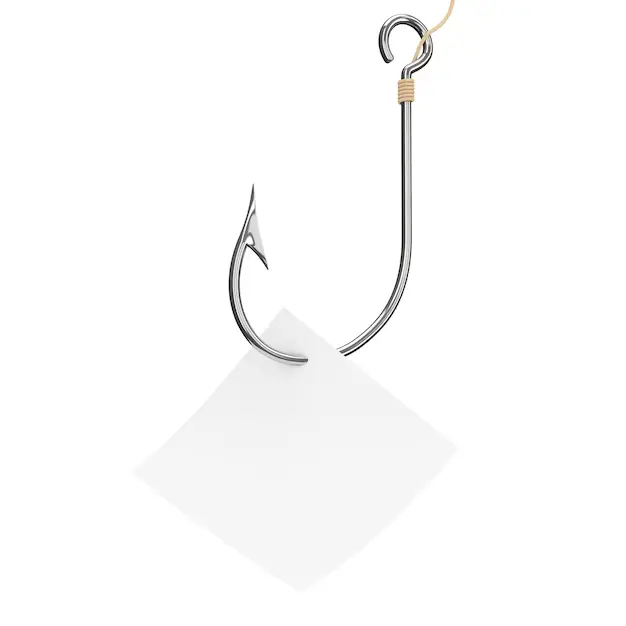Fishing Hook Knots
Fishing is not just about having the right rod, reel, and bait. It’s also about mastering the art of tying the perfect knot to secure your hook. Whether you’re a beginner or a seasoned angler, understanding different fishing hook knots can significantly enhance your fishing experience. In this article, we will explore the types of fishing hook knots and how it is done.
Types of Fishing Hook Knots
1- Improved Clinch Knot
It’s important to learn how to tie this improved clinch knot because it’s flexible and fits a variety of lines and hooks. Start by passing the line through the hook eye, then twist it five or seven times before passing the tag end through the loop. A secure hold is ensured by moistening the knot before tightening.
2- Palomar Knot
The Palomar knot is easy to tie and is regarded as one of the strongest. Make a loose overhand knot, slide the loop over the hook, and double the line and pass it through the hook eye. To tighten, pull on both ends.
3- Uni Knot
This knot is quite flexible and fits a variety of fishing line types. Encircle the standing line with the tag end after passing the line through the hook eye to form a loop. Tighten after passing the tag end through the loop.
4- Snell Knot
The Snell Knot, which entails passing the line through the hook eye and creating a loop, is best suited for hooks with upturned eyes. Before drawing tight, encircle the standing line and the hook shank with the tag end.
5- Blood Knot
Commonly used for joining lines, the Blood Knot requires overlapping lines and wrapping them around each other before pulling the tag ends to tighten.
6- Dropper Loop
With this knot, you can add a second line or more hooks by creating a loop off the main line. To make the loop, loop the line, twist it many times, then slide the tag end through the twists.
7- Surgeon’s Knot
This is an easy knot to use to join lines. Before tightening, overlap the lines, make a double loop, and feed the ends through the loops.
8- Albright Knot
An good knot for connecting various kinds of lines. Before tightening, feed the tag end through the loop and wrap the heavier line around the lighter line many times.
9- Nail Knot
Mostly used to connect fly lines to leaders. The tag end is passed through and tightened after the line is looped around a nail or other object.
How to Select the best Fishing hook knots?
The type of fishing and the species being targeted are important factors when choosing the best fishing hook knots. Evaluate the knot’s strength, tying ease, and adaptability for the fishing situation. To ensure a secure connection between line and hook for successful fishing attempts, experiment and practice with different knots until you find ones that work for you.
How to avoid hook knots from becoming loose?
Make sure you tighten the hook knot properly when tying to keep it from falling loose. Before tightening the knot, moisten it, and cut off any extra line. Check knots frequently for wear and retie if required. To ensure strong and durable knots that won’t come loose when fishing, use high-quality lines and practice knotting methods.
Conclusion
For good fishing, you must learn how to tie fishing hook knots. When carefully selected and expertly tied, these knots guarantee a strong bond between line and hook. The experience of fishing is enhanced by knowing knot variations, perfecting tying techniques, and taking fishing conditions into account. Knot proficiency is more than just a talent; it’s essential to bringing in the game.


